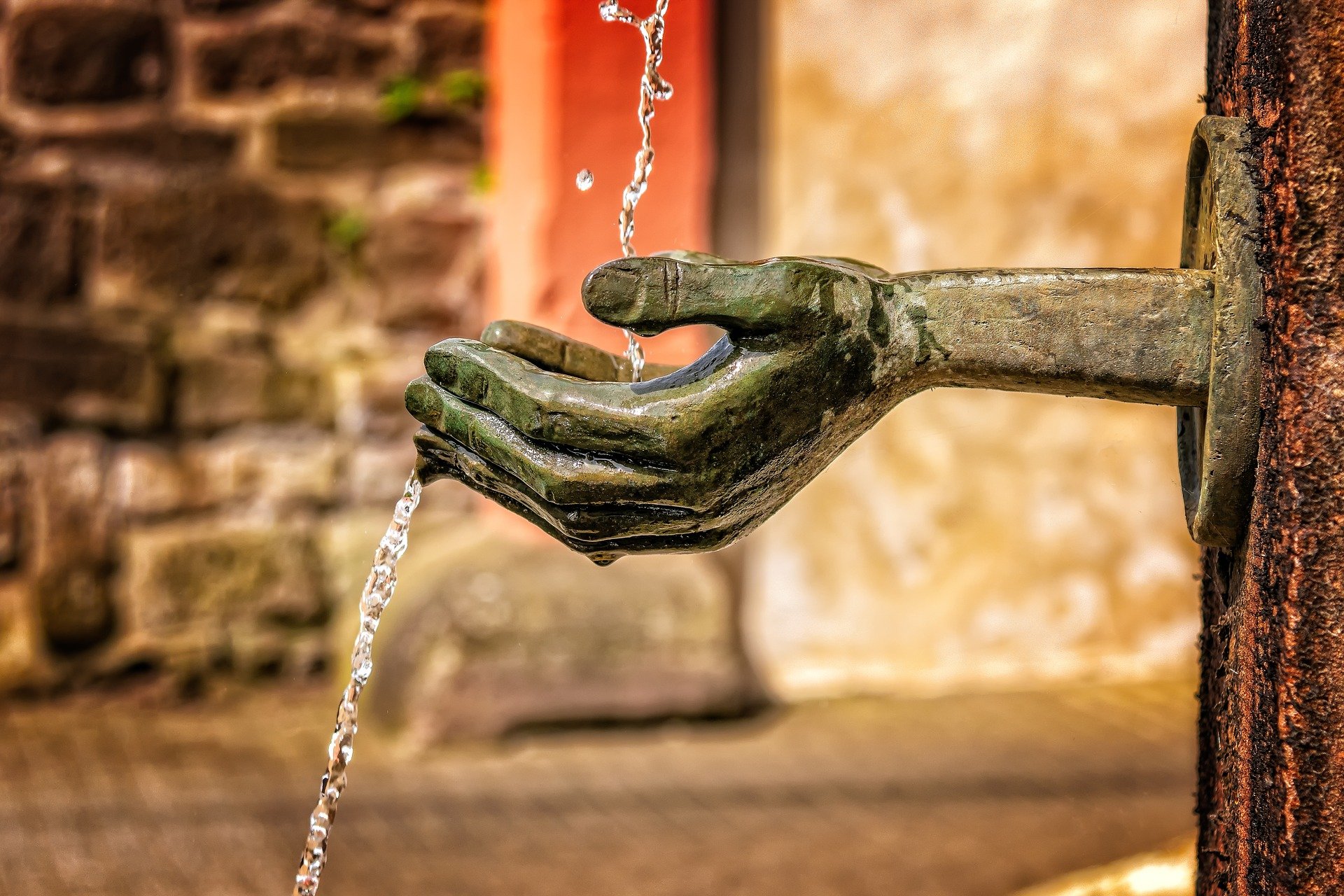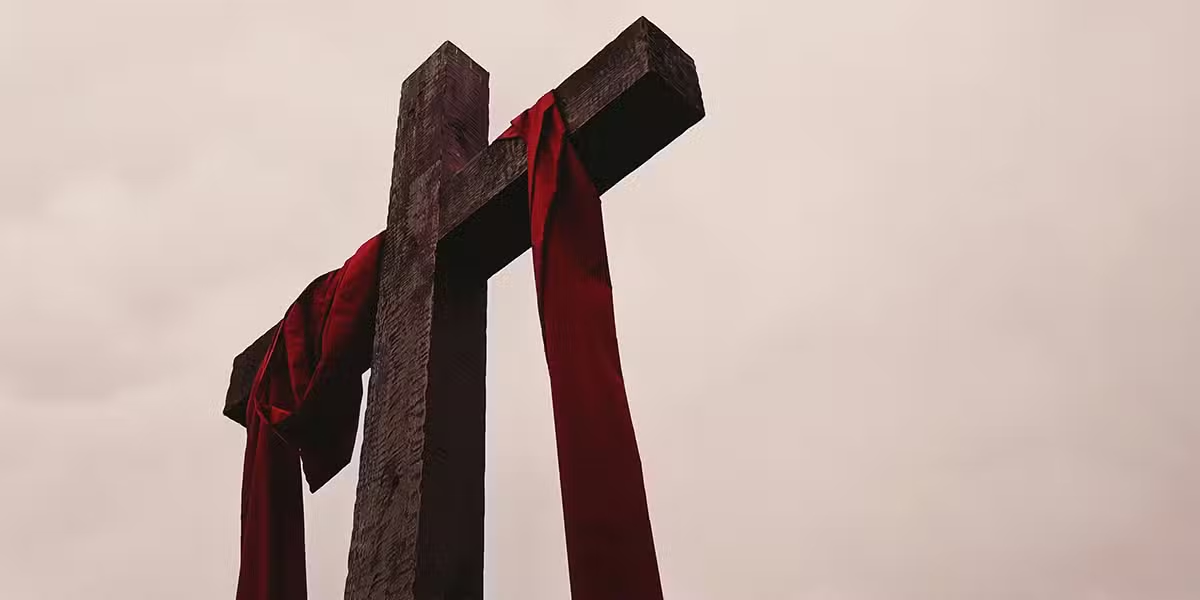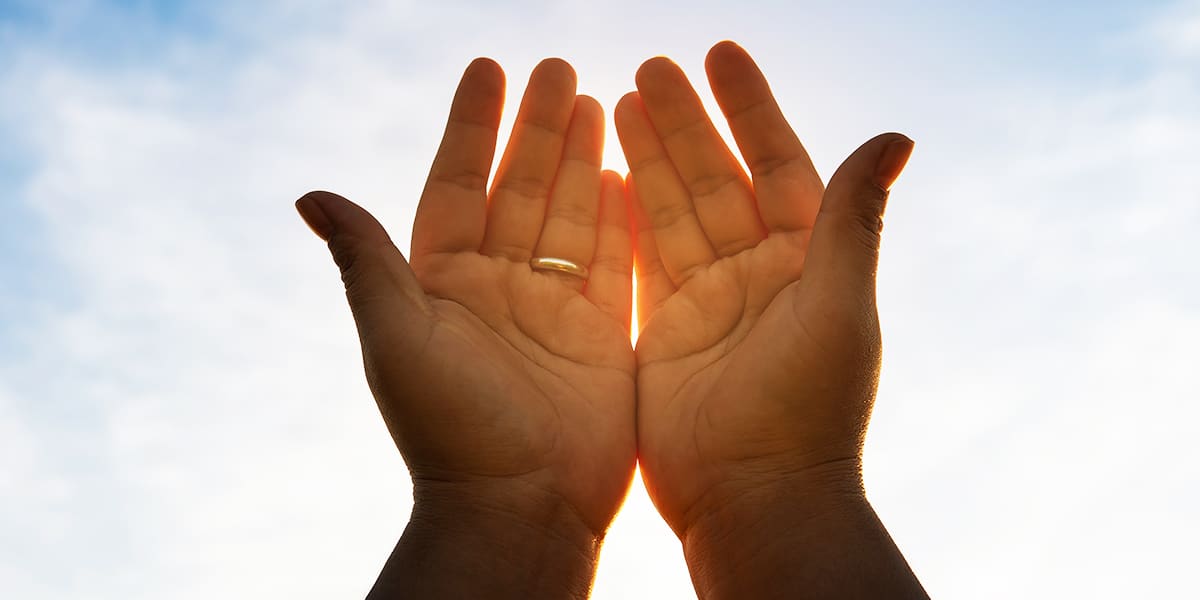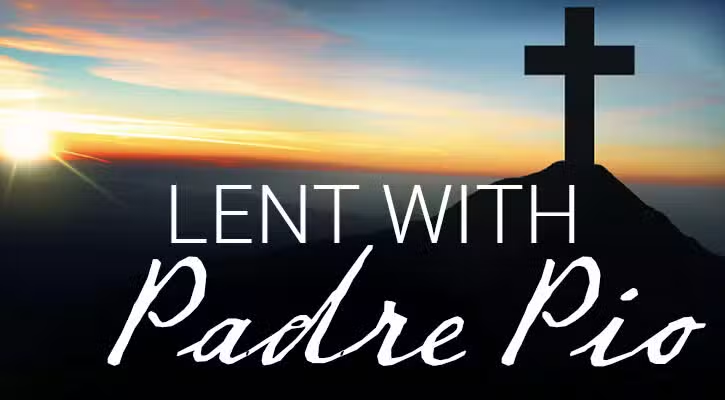We Catholics love symbols. Go to just about any Catholic church and you will be greeted by a legion of statues, a dazzling display of stained glass images, a prominent altar, a golden tabernacle, and loads of candles. For many non-Catholics, the sheer vastness of it all can be overwhelming. Indeed, even for many Catholics these images often go unnoticed. They are simply a part of our normal backdrop, the air we breathe.
Chief among these symbols is water. Water is such a com-mon part of our life. Like sunlight and air, it is absolutely vital for our survival, but how often do we think about it? Unless water is scarce, we hardly think of it at all. Yet, if we were to sit down and think about water, what are the first things that come to mind? We may think of words like thirst or life or cleansing.
How about words like death or liberation? These might not be as obvious. Just as water can mean all these things for our bodies, so, too, for our souls. In God’s plan of salvation, water speaks of life, death, cleansing, and liberation.
Consider the very beginning of creation where “a mighty wind [was] sweeping over the waters” (Gn 1:2). From the beginning, water has been a part of God’s plan of creation. Just as we need water to live, we need God too, which is why the psalmist says, “As the deer longs for streams of water, so my soul longs for you, O God” (Ps 42:1).
As water satisfies the body, the Spirit of God satisfies the soul. And the Spirit of God has come to us through the person of Jesus Christ. He is our savior who says to us, “Whoever drinks the water I shall give will never thirst; the water I shall give will become in him a spring of water welling up to eternal life” (Jn 4:14).
Yet water can also be a terrifying thing. Anyone caught out at sea in a storm knows the frightening power of water. Water can destroy life as well as give it. Floods and storms are a constant reality in our world. Water was used by the hand of God to rain down terrible destruction on the earth in the great flood. So, water also means death.
In the waters of Baptism, we believe we die to sin so as to be reborn in Christ. That is why many old baptisteries have three steps going in and three coming out on the other end. The plunging into the baptismal waters is a sign of death to our old ways of being.
Water also means cleansing. We use it to bathe, to wash our dishes, and to mop our floors. Water removes the dirt and grime of everyday living. So, too, do we use water to represent a spiritual cleansing.
Elisha sent Naaman to be washed in the Jordan River, where he was cleansed of leprosy. John the Baptist used those same waters as a sign of repentance and spiritual cleansing. Water is a sign of the healing powers of God, to remove the stain of our faults from us and restore our souls.
Water also means liberation. When the Israelites fled from Egypt, God parted the sea. He opened a path of liberation through those waters and brought low the mighty army of Pharaoh. When they finally arrived at the Promised Land, God split the waters of the Jordan so Joshua could lead the people into the Promised Land.
As the Israelites went through the waters to be free, we go through the waters to be free from sin. As the Israelites went through the waters to enter the land, we go through the waters to enter the kingdom of heaven.Water means all these things: life, death, cleansing, and liberation. When we use this common symbol, let us be reminded of all God has done for us. He has given us life, saved us from death, healed our hearts, and opened the path to paradise!








